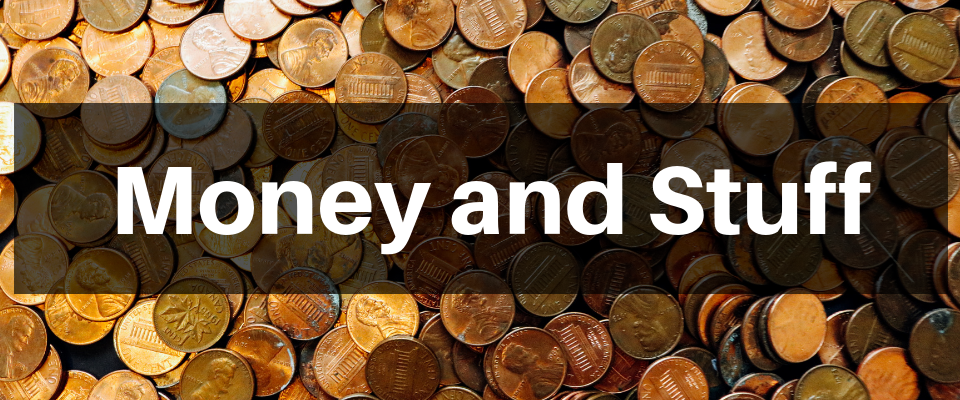It hasn’t been seen in the United States yet but many of you have heard of them: Europe’s negative interest rates. Yes, they exist, surreal, but all there nonetheless.
I have spoken at length about exchange rates, quantitative easing and overall monetary policies as means that the central banks of countries have of heading their nations’ economies in the right direction. They can control inflation, the speed of lending, the likelihood of savings, and the exchange rate of their currency.
What would lead countries like Switzerland, Denmark and Sweden to offer negative interest rates on certain deposits, which literally means that depositors have to pay them to keep their money in their banks? I’ll give you a hint: euros.
It all started at the European Central Bank (ECB) last summer. In an effort to put more money into the economy without buying bonds or bailing institutions out, the ECB tried going into negative interest rates. It meant, yes, that one would have to pay the bank to hold deposits, instead of gaining interest. In times of economic turmoil people have the tendency to avoid risking their money on stocks and go for safer alternatives, namely bonds and savings accounts. So, despite European banks’ determent method of offering next-to-zero rates, people still weren’t willing to risk their money.
That’s when they decided to take it one step further. They took the rates negative, in the hope of making investors move their funds to other investments (which would put the money into circulation in the economy), or even to other countries. A negative interest rate would make investing in euro deposits a bad deal and that also was expected to lower the value of the euro, which in turn would make European products more desirable to buy, as they would be cheaper. Money in the economy and increase in exports = win, win, right?
It didn’t work. The lowering price of oil countered these measures by causing a deflationary spiral. In the end the ECB went with quantitative easing.
After that, other banks, especially those in the European Union that are not part of the euro zone (Swiss, Danish, the Swedes…) have not just lowered their rates into negative numbers, some of them have even increased their negative rates.
 |
| The Swiss National Bank |
Are negative rates effective?
To a small degree, we can say that yes, of course they are. They make depositors and investors want to move their money into other uses, giving the economy a relative push. The overall effect is also that the currency that has negative rates loses value, as investors are less likely to deposit there. As the currency becomes cheaper, so do their exports.
But experts worry.
Think about it. If rates are negative, it also means that banks that are linked to central bank rates for their loans may be forced to lend at a rate that pays the borrower, and in what world would we see that? No, banks are more likely to deter lending.
Furthermore, while borrowing at low rates is an incentive to borrow and it’s healthy, in the United States and other developed countries it can lead to two things: consumers and businesses borrowing beyond their healthy limits, for starters; and later on, when rates go up, as they will, it may push those very same consumers and business into a situation of default when all their loan payments go up and up over time. Luckily, we have not reached negative interest rates in the U.S., yet.
What about investors who depend on interest income? Negative rates mean not just loss of income, but loss of principal on their investment. Yikes!
But the worst effect of this negative rate system is the artificial rise in stock and bond prices. When people don’t save, it means they will put money other places and there are only stocks and bonds. That will create a bubble on the price of stocks and bonds, in that their price will be artificially inflated without real economic backing. And there is only one way they will go when the interest rates go up, and they WILL go up.
I know I’ve said this before, but some of these measures are so new that only time will tell what worked and what failed. But it’s definitely clear that to economists, these are interesting times to live.
Remember to vote!


No comments :
Post a Comment